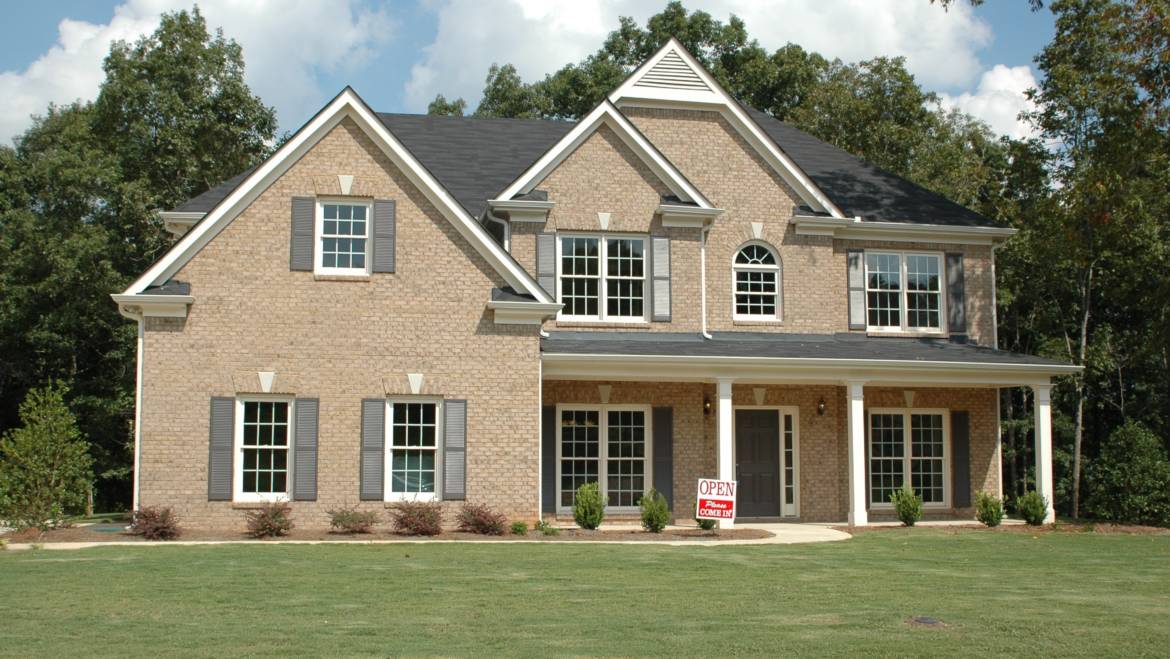What’s the Difference Between PMI and Mortgage Protection Insurance?
Many homeowners are confused about the difference between PMI (private mortgage insurance) and mortgage protection insurance. The two are very different — and it’s important to understand the distinction between them.
RELATED PRODUCTS MORE
Chapter 13 Bankruptcy
Chapter 13 Bankruptcy
Credit Repair
Credit Repair
How to File for Chapter 7 Bankruptcy
How to File for Chapter 7 Bankruptcy
The Foreclosure Survival Guide
The Foreclosure Survival Guide
Featured Foreclosures Law Firms In Slidell, LA CHANGE LOCATION
Olympia Law GroupOlympia Law Group
no peer reviews
100%
800-970-7191 CONTACT
Sher Garner Cahill Richter Klein & Hilbert, L.L.C.Sher Garner Cahill Richter Klein & Hilbert, L.L.C.
4.9/5.0 100%
504-322-1277 CONTACT
Slattery, Marino & Roberts A Professional Law CorporationSlattery, Marino & Roberts A Professional Law Corporation
4.9/5.0 n/a
View Phone # CONTACT
CONTACT ALL
VIEW ALL ›
RELATED ADS
It is not uncommon for homeowners to mistakenly think that PMI will cover their mortgage payments if they lose their job, become disabled, or die. However, this is not the case. PMI is designed to protect the lender, not the homeowner.
Mortgage protection insurance, on the other hand, will cover your mortgage payments if you lose your job or become disabled, or it will pay off the mortgage when you die. Read on to learn more about the difference between PMI and mortgage protection insurance.
Private Mortgage Insurance (PMI)
PMI is designed to reimburse a mortgage lender if you default on your loan and your house isn’t worth enough to entirely repay the debt through a foreclosure sale. PMI has nothing to do with job loss, disability, or death and it won’t pay your mortgage if one of these things happens to you.
If your down payment on your home is less than 20%, your lender will most likely require you to get PMI. When you reach the point where the loan-to-value ratio is 80%, contact your mortgage servicer (the company you make your payments to) and let it know that you would like to discontinue the PMI premiums. Pursuant to federal law, a lender must inform you at closing how many years and months it will take for you to reach that 80% level so you can cancel PMI. (For more information, see Nolo’s article Getting Rid of PMI (Private Mortgage Insurance.)
Even if you do not request a cancellation of PMI, the lender must automatically cancel it once the loan-to-value ratio gets to 78%. (However, if the Federal Housing Administration insures your loan, PMI is required for the life of the loan if the loan-to-value was 90% or greater at the time of origination, which is true for the majority of loans.)
The cost of PMI varies, but is usually around one half of 1% of the loan amount, so it is well worth the effort to get rid of it as soon as you can, if you can. Also, keep in mind that mistakes often happen and the lender may not remember to cancel PMI once your loan-to-value ratio gets to 78% without you reminding them.
Mortgage Protection Insurance
Mortgage protection insurance, unlike PMI, protects you as a borrower. This insurance typically covers your mortgage payment for a certain period of time if you lose your job or become disabled, or it pays it off when you die.
Also unlike PMI, this type of insurance is purely voluntary. If you are in good health, relatively secure in your job, have no unusual lifestyle risks, and are adequately otherwise insured (for example, you have life insurance), you may not want or need to purchase this type of insurance.
